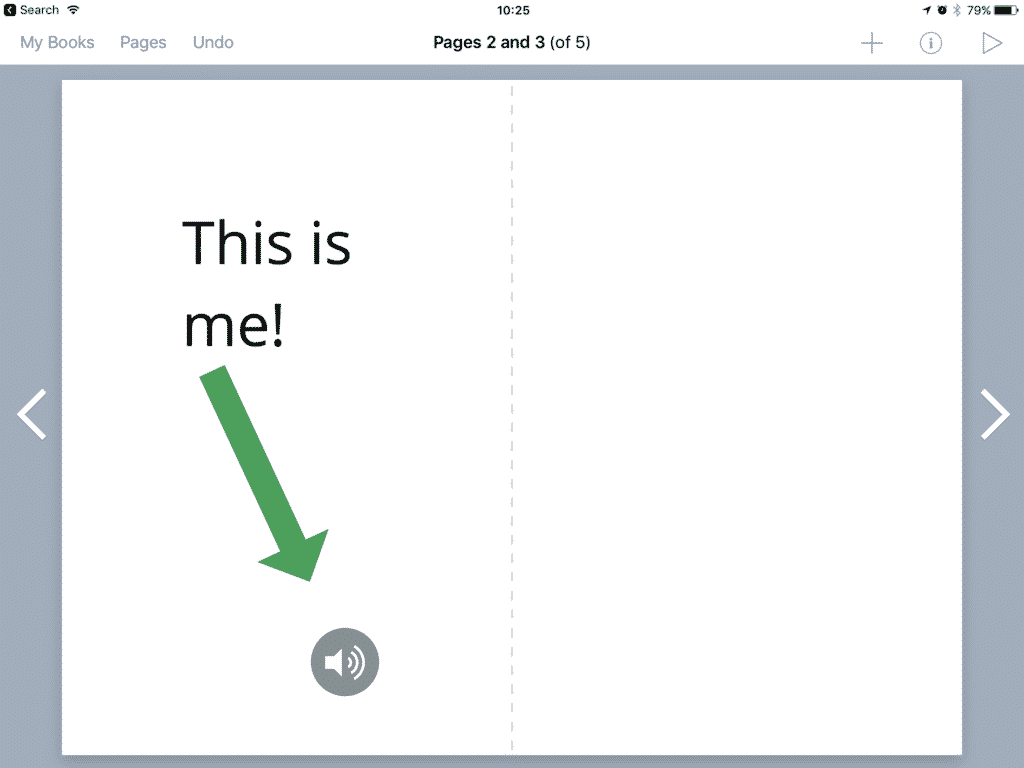Creating
3.2
Focus Tasks
Creating for Nursery
As explained above, the skills within the 'Creating' element can be divided into three sections. There are different tasks available for each section.
Typing
- The best way to introduce typing is a 'Find the letter" activity.
- Each pupil has a computer opened to a page they can type on (JIT, 2Publish etc).
- Show them a letter, and let them race to find the letter on their keyboard. (Using lowercase letter keyboards. If your school only has capital letters on keyboards then print out a paper keyboard for them to use instead.)
- Once pupils have become more familiar with both letters and typing, try to encourage them to type their name underneath their digital work. There is no need for capital letters just yet!
Cameras
- Taking photos and videos is an important skill to begin practising in the Nursery, and pupils love it! Have regular tasks where pupils are required to take photographs of objects you have placed around the classroom (indoors and outdoors). For example, place Dinosaur toys all around the class and see who can take photos of most dinosaurs in 5 mins.
Voice Recording
- With adult support, pupils can record their voice using one of many iPad apps. One example is for the teacher to start a Book Creator, with photos of pupils doing tasks on each page. Using the same app, record the pupils explaining what they were doing in the pictures that include them.
How to Use Book Creator

Remember
- Most computers have capital letter keyboards. These are not helpful at this stage so make sure your class isn't filled with them. You can buy lower case keyboards for regular PC's, whilst new Chromebooks these days generally have lower case keyboards already.
- With the camera and voice recording activities, try to encourage the pupils to press the buttons (with support). Don't take over!
Enhanced Provision
Lights, Camera, Action
As they gain confidence, give your pupils as many opportunities to practise these skills as possible, throughout the year.
Typing
Once they have shown they can type their name, encourage them to do so on every piece of digital work they create. If they are getting confident in doing so, challenge them to type out their friends' names. (Give them the names written out to copy of course.)
Camera
There should always be devices capable of taking photographs available for pupils to use in class. Create many "Take photos of..." hunts for them to regularly attempt. Whilst iPads are clearly useful for this purpose, try to find some old cameras for roleplay as well.
Voice Recording
There are plenty of resources available for pupils to use to record their voice and to listen to other people's recordings. White boards, stuffed animals and large pegs or clips can all be bought with voice recording abilities.
- Pupils could record their names on a voice recording peg when they visit an area in the classroom. These can be clipped to a string in the area. You can then listen to the recordings as a class to see who visited that area each day.
- If you have whiteboards that can record, your pupils can draw animals on them and record the names of those animals and the sounds that they make.
- Pupils write their name on the whiteboards with sound recording capabilities, and record a fact about themselves (e.g. "I have a sister", "I want to be a builder like my Dad").
